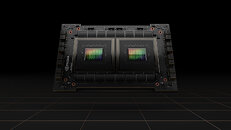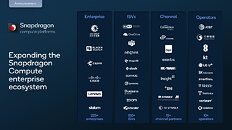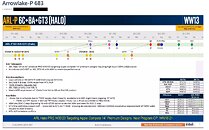The Raspberry Pi Foundation Launches the $6 Raspberry Pi Pico W
New product alert! In January last year, we launched the $4 Raspberry Pi Pico, our first product built on silicon designed here at Raspberry Pi. At its heart is the RP2040 microcontroller, built on TSMC's 40 nm low-power process, and incorporating two 133 MHz Arm Cortex-M0+ cores, 264kB of on-chip SRAM, and our unique programmable I/O subsystem. Since launch, we've sold nearly two million Pico boards, and RP2040 has found its way into a huge number of third-party products. We always believed that RP2040 was a great fit for commercial and industrial applications, but the global semiconductor shortage has vastly accelerated adoption. With millions of units on hand today, and pipeline in place for tens of millions more, design engineers who have been let down by their current suppliers have a perfect excuse to experiment.
Fast cores, large memory, and flexible interfacing make RP2040 a natural building block for Internet of Things (IoT) applications. But Pico itself has one obvious missing feature for IoT: a method for connecting to the network. Now, this is about to change. Today, we're launching three new members of the Pico family. Raspberry Pi Pico W is priced at $6, and brings 802.11n wireless networking to the Pico platform, while retaining complete pin compatibility with its older sibling. Pico H ($5) and Pico WH ($7) add pre-populated headers, and our new 3-pin debug connector, to Pico and Pico W respectively. Pico H and Pico W are available today; Pico WH will follow in August.
Fast cores, large memory, and flexible interfacing make RP2040 a natural building block for Internet of Things (IoT) applications. But Pico itself has one obvious missing feature for IoT: a method for connecting to the network. Now, this is about to change. Today, we're launching three new members of the Pico family. Raspberry Pi Pico W is priced at $6, and brings 802.11n wireless networking to the Pico platform, while retaining complete pin compatibility with its older sibling. Pico H ($5) and Pico WH ($7) add pre-populated headers, and our new 3-pin debug connector, to Pico and Pico W respectively. Pico H and Pico W are available today; Pico WH will follow in August.


















































